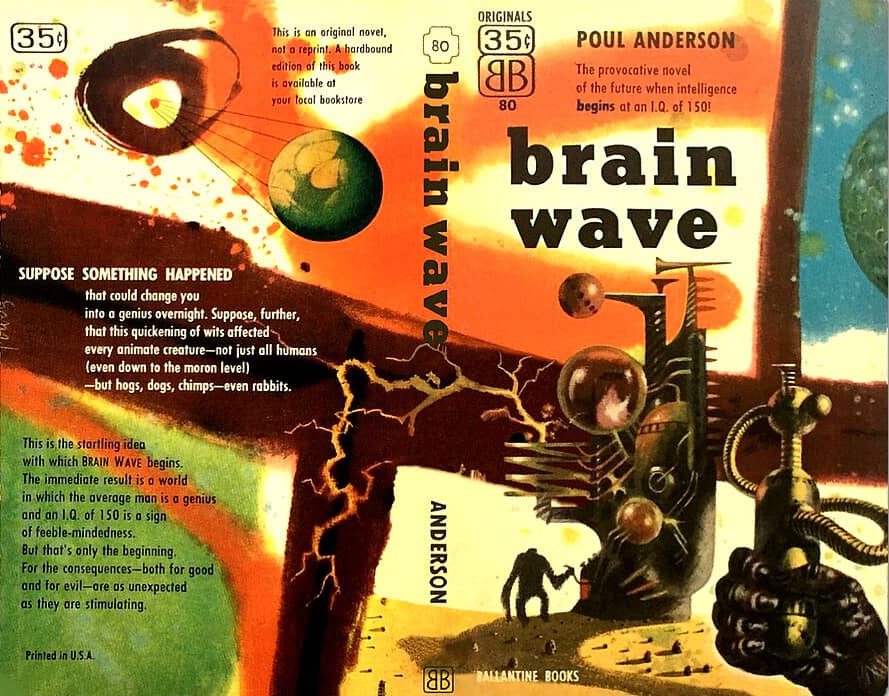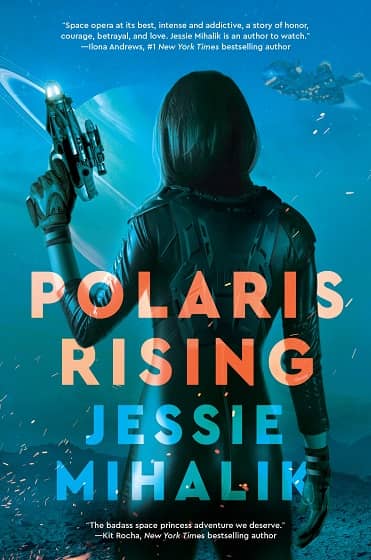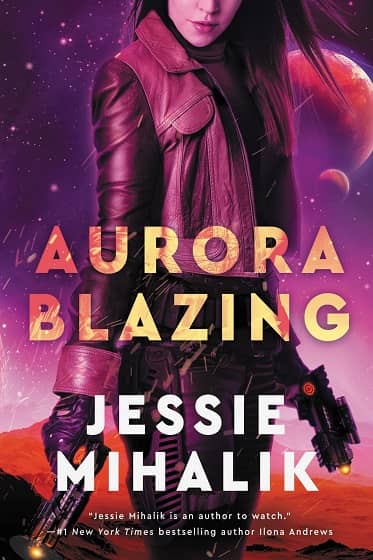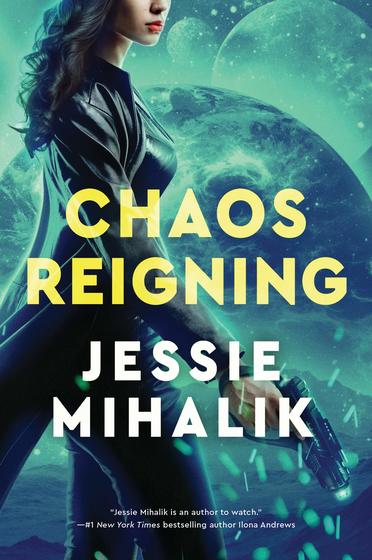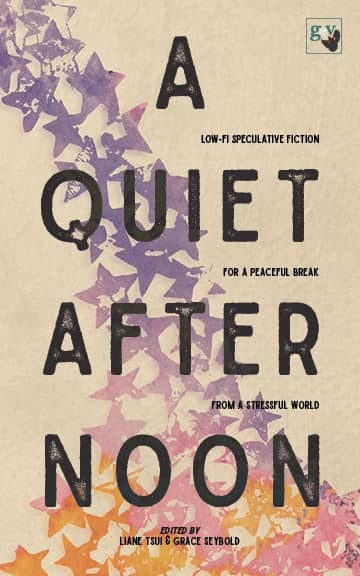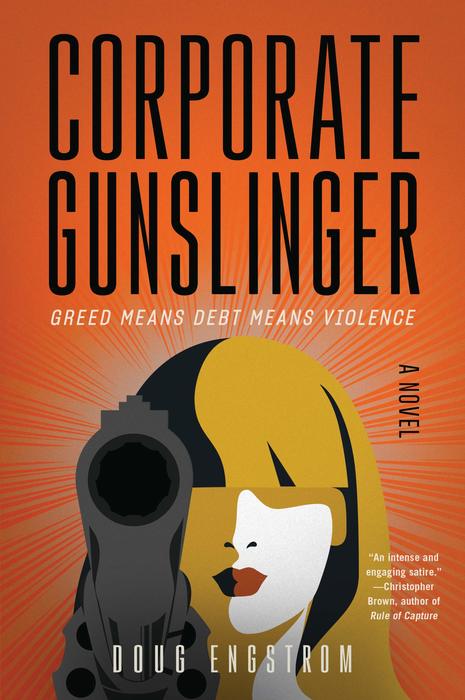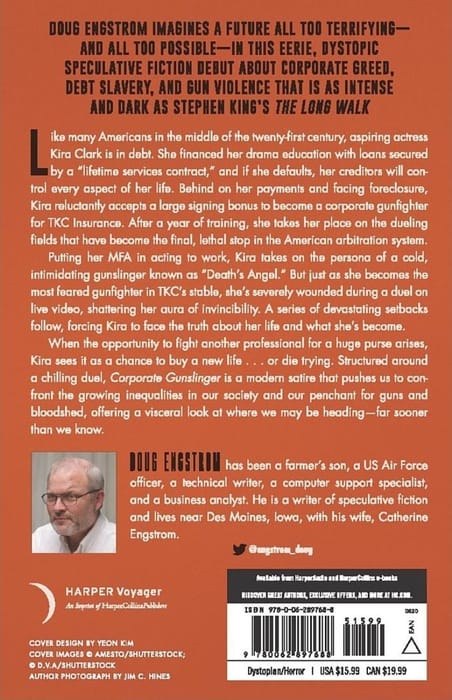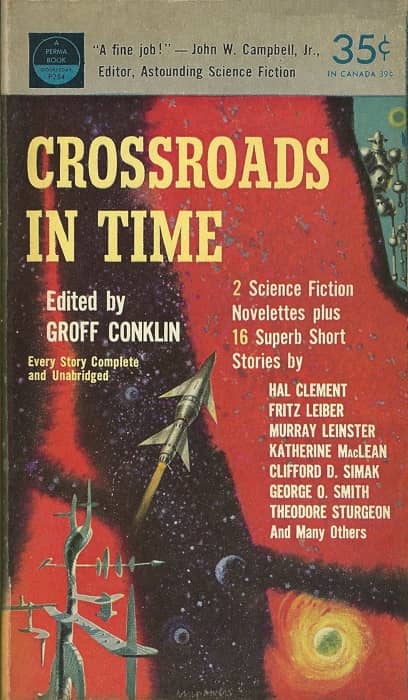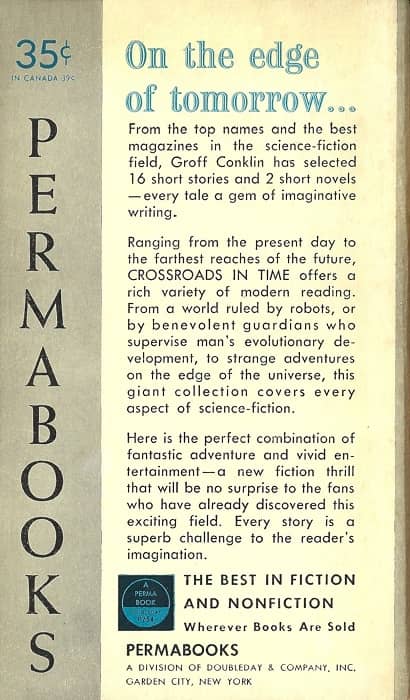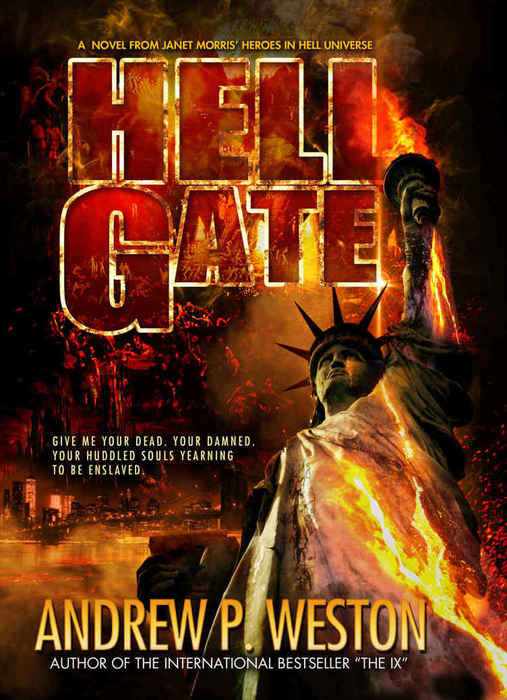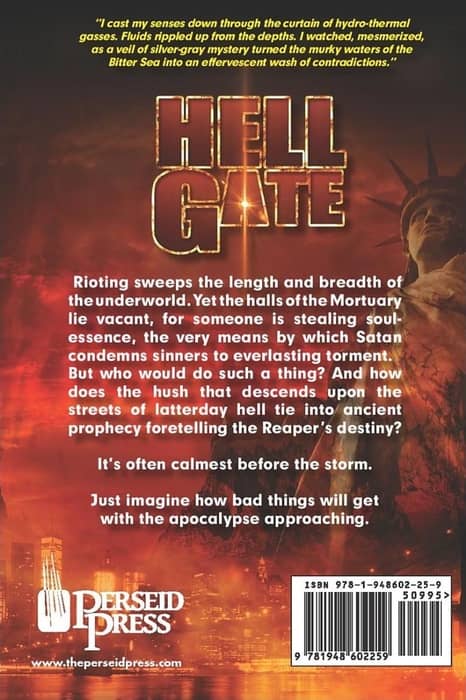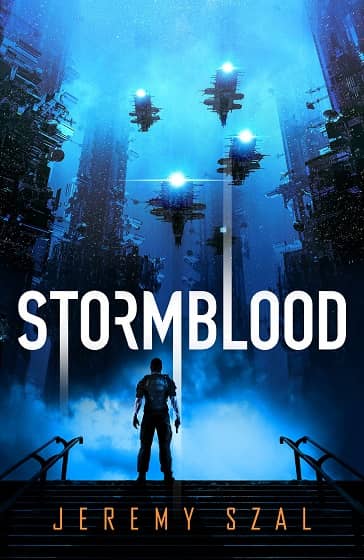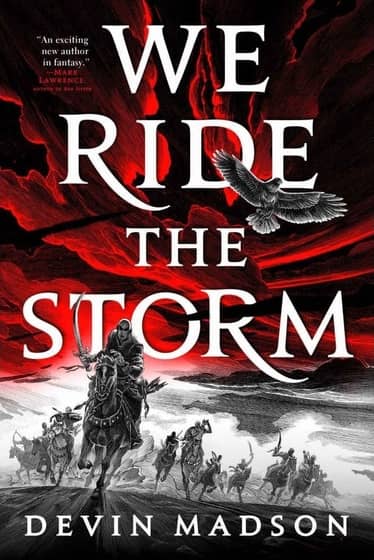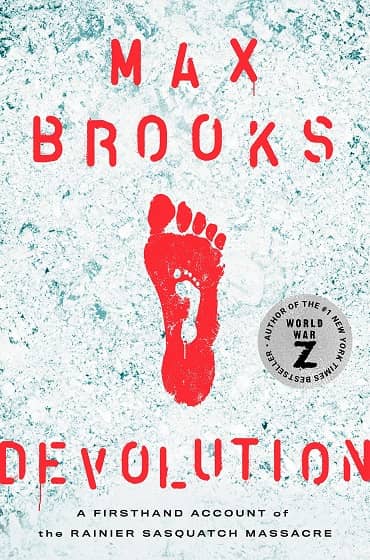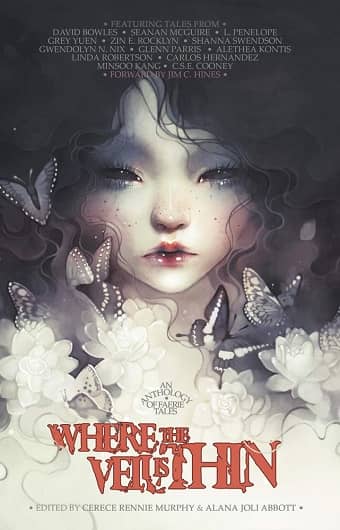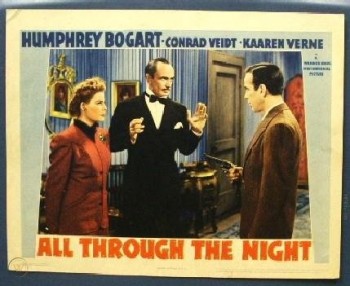 “You’re the second guy I’ve met within hours who seems to think a gat in the hand means a world by the tail.” – Phillip Marlowe in Raymond Chandler’s The Big Sleep
“You’re the second guy I’ve met within hours who seems to think a gat in the hand means a world by the tail.” – Phillip Marlowe in Raymond Chandler’s The Big Sleep
(Gat — Prohibition Era term for a gun. Shortened version of Gatling Gun)
Today it’s a look at All Through the Night – one of my five favorite Bogie films, but not one that makes too many Top 10 lists. In 1940, Bogart’s career really started its climb, with They Drive By Night (Ida Lupino was fantastic!) followed by High Sierra (same comment). The forgettable The Wagons Roll at Night was up next, and then it was The Maltese Falcon. That was three very good movies out of four. And after The Falcon was All Through the Night. I think it kept his streak going, but that’s not the general perception.
Picking Iron (Trivia) – Lupino and Bogart had not gotten along well during They Drive By Night, and she didn’t want to work with him any more (though she did in High Sierra). He was originally cast as the lead in Out of the Fog, but she balked and he was replaced by John Garfield. Bogart complained to Harry Warner about Lupino’s action, to no avail. Much later, Lupino and Bogart said they got along fine.
In 1941, Hollywood was starting the transition from gangster flicks to war movies. One approach was to have the gangsters fight the new bad guys. And this movie is a gangster/espionage comedy. I think it’s great. This essay takes a different approach to movie reviews, taking advantage of the excellent cast.
Humphrey Bogart
The Maltese Falcon was a rocket strapped to Bogart’s career, after a long run of B-movie leads, and being the crook gunned down by James Cagney or Edward G. Robinson. In this one, he’s Gloves Donahue, a self-titled promoter who is a mobster in New York City. He seems to primarily be a gambler. When the baker of his favorite cheesecakes is found murdered, it leads Donahue to a group of Nazis plotting to blow up a ship in the NYC harbor.
Bogart is a likable tough guy – not like his role in Dead End, Bullets or Ballots (one of my Top 10), or The Roaring Twenties. Circumstances make it appear he murdered a rival, and he’s working to solve the murder, which draws him deeper and deeper into the Nazi plot. I think he plays the part well.
Conrad Veidt
We would see Veidt a few years later as Major Strasser in Casablanca. Here he is Ebbing, leader of a Nazi spy ring in NYC. He’s smooth and snake-like. I enjoy the scene where he is an auctioneer and Donahue is bidding. It’s the typical role for the situation: respectable on the surface, conniving Nazi underneath.
Picking Iron – In Casablanca, Rick advises Strasser that there were certain parts of NYC that he wouldn’t recommend invading. That’s an in-joke to this movie.
Picking Iron– Veidt fled Germany with his Jewish wife. In Hollywood, he refused to play a part in which a Nazi was sympathetic.
…
Read More Read More
